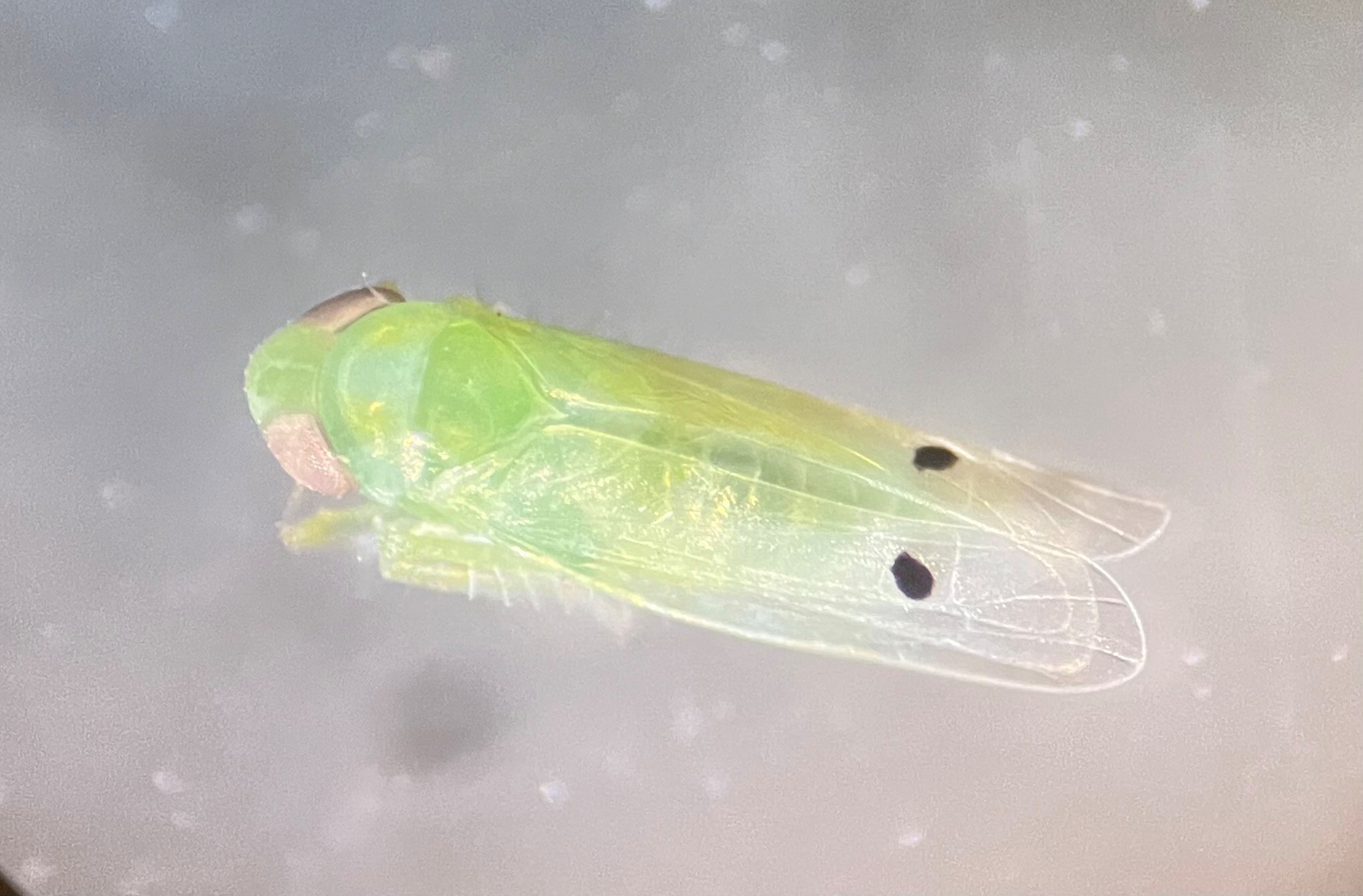We humans think of dead things as useless. But in the wild
world, many dead things have just
begun to be valuable.
Dead wood is an example. You can use it in woodpiles for
wildlife. I like a woodpile outside a
window under a tree.
For a fast-rot woodpile, just make a stack like a pile of
firewood. Fast-rotting species include
sweet gum, elm and pine.
The wood next to the ground will rot fastest. It will make a
home for snails, slugs,
wood-eating beetles and the larvae of predatory insects like the
eyed elater, a click beetle with
big eye spots.
These delectable critters and their kin will attract predators
like the brown snake and maybe
the worm snake. Skinks may lay their eggs in the rotting wood.
Kris Irwin found a slimy
salamander under dead wood in his Athens backyard.
As the pile rots down into the earth, keep adding more wood to
the top to keep your food
chain supplied with raw materials.
Dead wood creates a kind of detritus food chain. Most people
think of the grazing food chain
as the foundation of life. Examples are the grass-cow-human or
the oak leaf-caterpillar-warbler
chains. Grazing food chains provide about half the food for the
world’s organisms. Detritus
food chains provide the other half.
When a bird scratches in dead leaves looking for insects, it’s
feeding in the detritus food chain.
Dead things are part of Mother Nature’s bountiful provisions.
Cleaning wood from a backyard carries away useful elements (like
carbon, nitrogen, potassium
and phosphorus) that fuel detritus-based food chains.
This same ecological principle applies to logged forests,
hayfields and other croplands.
Harvested environments have somewhat fewer raw materials to work
with. The idea is to make
a little piece of your yard function like a natural forest
floor.
A second kind of woodpile for backyard wildlife is a slow-rot
pile. Use slower-rotting woods
like oaks. Make an elevated support of stones, bricks or other
nonrotting material. This keeps
termites out and keeps the wood dryer.
This pile makes a refuge for lizards, protected crannies for
deer mouse nests and a feeding
platform for chipmunks. Chipmunks like a lot of small crevices
for quick escape.
Of course, these creatures will be just as well off in the
upper, and not yet rotten, layers of
your fast-rot pile. The advantage of a slow-rot pile is that it
lasts longer.
A brush pile is a third kind of woodpile for wildlife. It makes
a refuge for rabbits and lizards
and a protected feeding area for certain ground-feeding birds.
Use small-diameter branches to make brush piles. Place a few
large logs or rocks on the
ground first to hold the branches above the ground.
For a finishing touch, place a couple of fat logs or flat rocks
on the ground next to the brush
pile. You can lift these up from time to time to view the
creatures that burrow under them. It’s
like taking the roof off part of your little wildlife city to
see what’s going on.
Let the fallen dead leaves accumulate on the ground. These will
provide a foraging ground for
moles, shrews and other secretive wildlife.
Some people think woodpiles for wildlife are messy.
So what do they do? It seems so absurd —
They take all their dead branches out to the curb.
Then come the garbagemen. They take them away.
Off to a faraway landfill, they say.
There the stuff sits, for a lifetime or more,
While they buy new fertilizer straight from the store.
Those with the money say, “Hang the expense.”
But Mother Nature thinks it doesn’t make sense.



